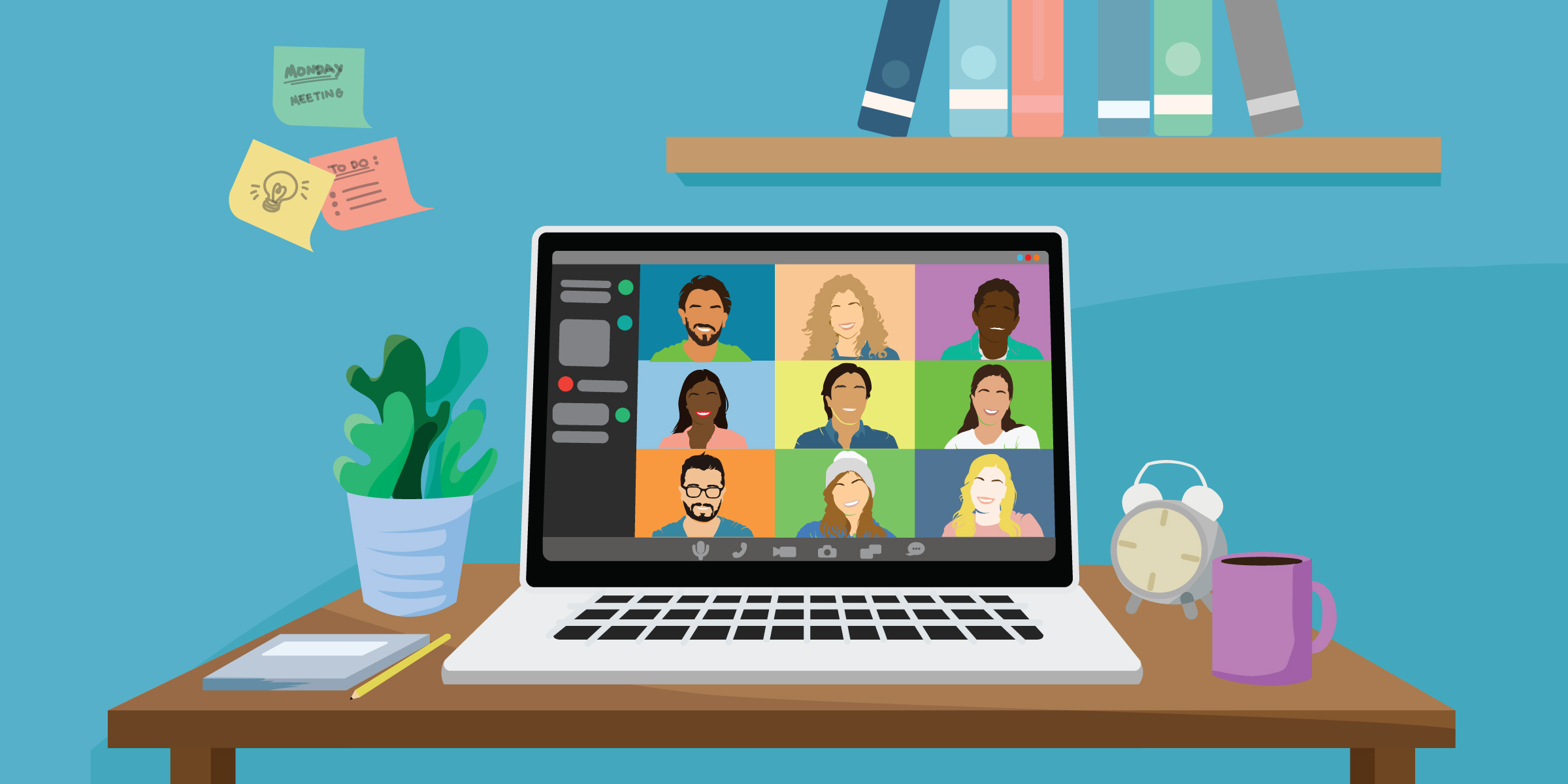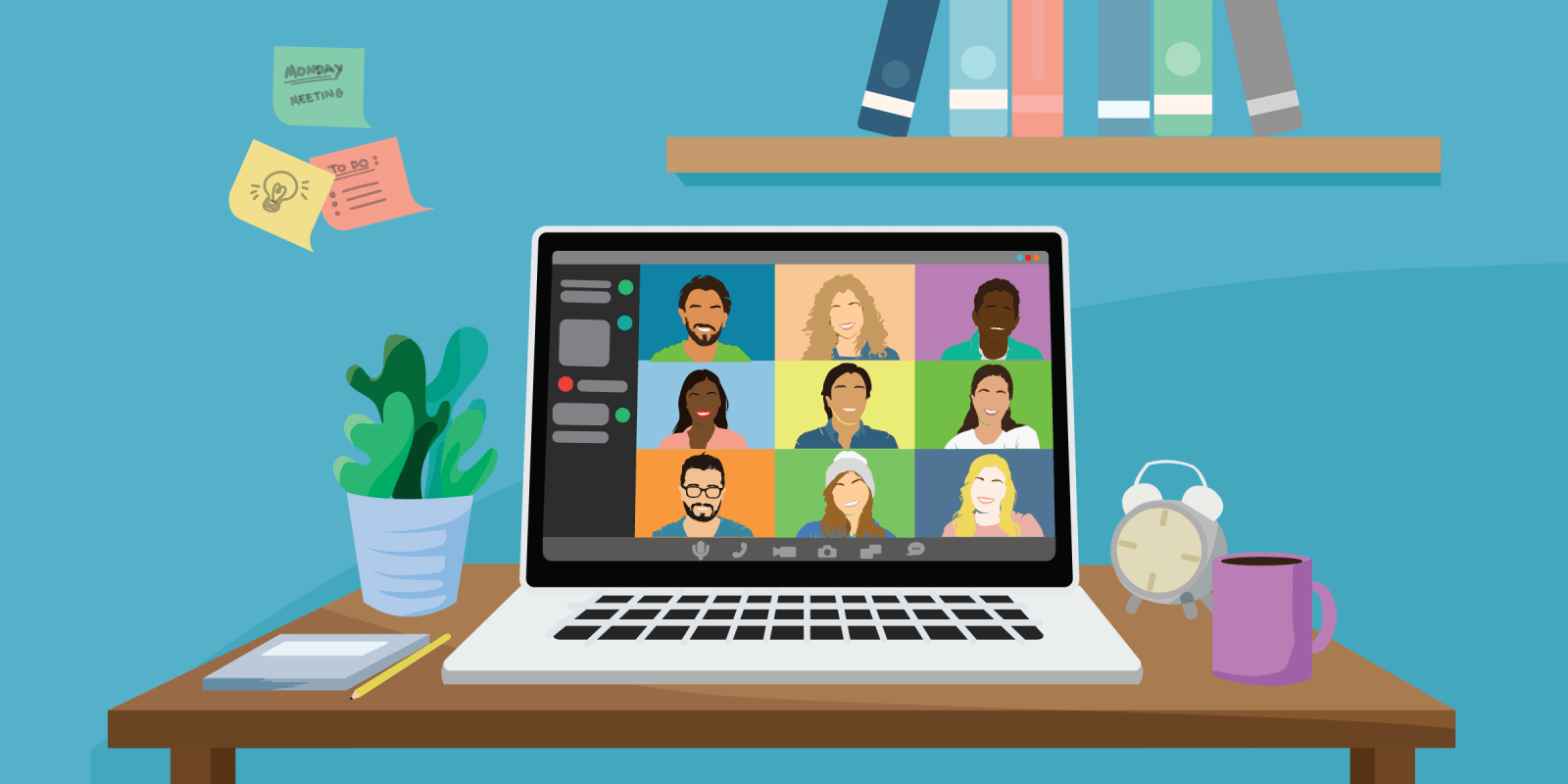
Medical conferences are a very important part of my life. I have attended "SLEEP," a meeting from the Associated Professional Sleep Societies (APSS) every year for the past 10 years. SLEEP is a joint venture of the American Academy of Sleep Medicine (AASM) and the Sleep Research Society. When I think of reasons why I look forward to attending SLEEP every year, I think of a sense of belonging, an opportunity to learn of updates in the field of sleep medicine, and a platform to meet with my colleagues from all over the world. I look forward to networking with new colleagues, appreciating new technologies, and encouraging young researches. Finally, SLEEP represents a unique possibility to share my own work and research.
I was concerned about the possibility of a cancellation when travel restrictions were implemented due to COVID-19. By March 2020, I had already registered, purchased airplane tickets, reserved a hotel, and even scheduled dinners with friends in Philadelphia. When I heard that SLEEP was going virtual, I was thrilled! A virtual meeting suddenly represented a victory over a pandemic and over isolation.
I was scheduled to give a “Meet the Professor” session the week before the meeting. Traditionally, these sessions are planned during lunchtime, in-between the courses or symposiums. For the virtual meeting, four "Meet the Professor" sessions were planned to be given prior to the opening ceremony, mine among them. I was happy to present some interesting cases in pediatric sleep medicine. The moderator was my friend and colleague Shalini Paruthi. She reviewed the questions from the audience, and I would answer them. I noticed immediately the difference with a live interactive audience. I missed the contact with attendees. But overall, the sessions went quite well.
A couple of weeks before the meeting I received an email from the AASM asking me to record a brief welcome message for an “opening video.” When the opening day arrived, I could not wait to see it. It was inspiring! A group of leaders from the AASM each said a word or two but together spoke a united message: “In these troubled and restless days, the world needs sleep more than ever before, Sleep that comforts the weary and discouraged, sleep that recharges the mind and body, sleep that restores our hope and joy. In these lonely and anxious days, we all need each other. Together we can span the distance and connect, together we can end the isolation and learn, together we can escape the routine and explore. Welcome to SLEEP.” Seeing myself and my colleagues in this video brought back the sense of belonging that I felt every time I have attended SLEEP.
The platform for online SLEEP was easy to navigate. Once you logged in, you were able to see a “live channel” where you could ask questions or make comments. This was my first interaction with my colleagues. I started recognizing some on the names in the chat room. It was exciting to greet my colleagues virtually. Other areas of the platform included on demand content, exhibit hall, poster hall, and speaker list. Some talks were given live, others were pre-recorded, and a third group of presentations had a mixed component with a pre-recorded talk and a live question/answer session. I noticed the first day that some attendees had technical difficulties accessing various parts of the virtual platform, but this seemed to resolve as the day went on.
Virtual meetings require a different mindset and preparation. My first presentation was scheduled at 7:30 a.m. Even though my session was pre-recorded and scheduled to be transmitted “on-demand,” for some reason I did not grasp this concept. I woke up an hour early to be ready by my computer in case there were questions. Soon after watching the session, I realized that questions were going to be emailed to me and I did not need to sit around watching my own presentation. The “on demand” concept was initially difficult to grasp. So, I felt silly sitting by my desk wearing a suit ready for questions. But I was not the only one — the next day, one of my colleagues from Europe texted me, extremely concerned that he did not know how to log in to participate in his presentation, which was also pre-recorded for an on-demand session. The dynamics of the live sessions were easier and less confusing to speakers.
The last day, I chaired a session called “Sleep Around the World.” This was a hybrid session with pre-recorded presentations and live questions/answers. By this time, I felt very comfortable with the system and platform. It was nice to see the chat room and immediate feedback from the attendees.
One of the most positive aspects of virtual SLEEP was the ability to watch all the presentations at any time. Usually with live meetings, I have to pick and choose which sections to attend, and usually I miss some interesting talks.
Visiting the virtual poster hall was more fun than I anticipated. It was nice to hear the presenter’s voice recorded. I appreciated the option to leave feedback or questions for the researchers. Unlike the live sessions, I was able to visit every single poster and even copied some to keep and read in more detail later. Finally, SLEEP provided opportunity to network via chat rooms in small groups. I participated in one of them and it was fun.
Looking back at virtual SLEEP 2020, the 34th annual meeting of the Associated Professional Sleep Societies LLC during August 27–30, 2020, I can say that I learned many updates in the field of sleep medicine, met with colleagues from all over the world, visited exhibits with new technologies, left messages to new researchers after visiting their posters, had a chance to present my research, and I can definitely say I belong to this SLEEP family.







